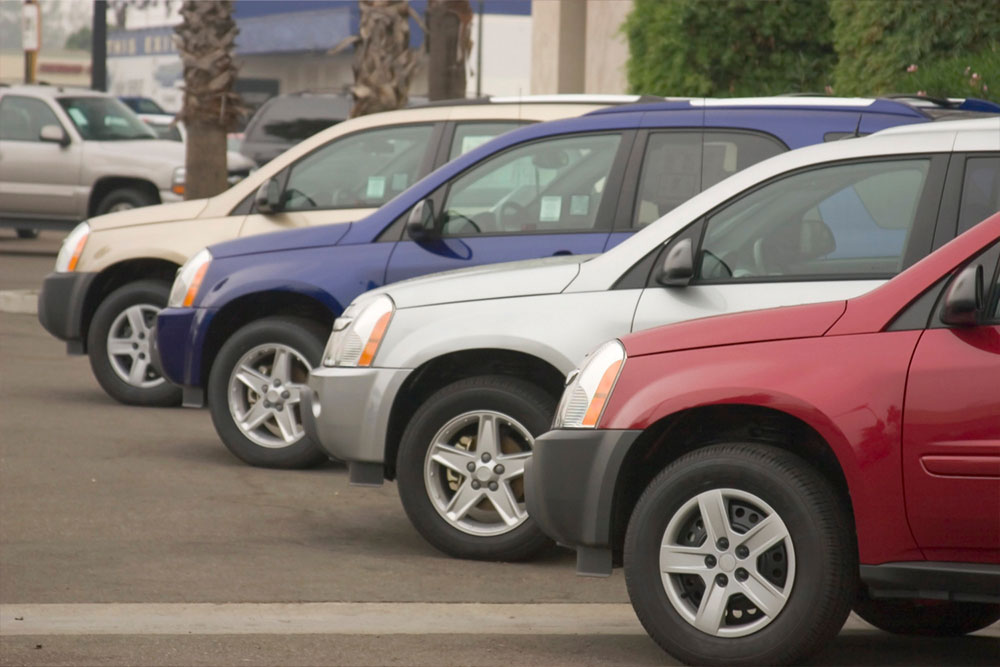7 Ways to Buy a Used Car Without a Down Payment
Purchasing a brand-new car is a significant investment for many people. But, for those with a tight budget, buying a used car is a viable option. One major benefit of purchasing a pre-owned car is acquiring it at a lower depreciated value, often around 30% or even less. Additionally, opting for a used car can provide flexible payment options. Learning how to buy a used car without a down payment can help manage financial commitments.
Conduct a thorough inspection before buying a used car
While one may find multiple ways to finance a used car without a downpayment, they must ensure to carry out a few automobile checks.

1. Look for a personal loan
One of the top ways to buy a used car without a down payment in the country is to explore personal loan options.
2. Check manufacturer deals
An individual can always check with a manufacturer to see if there are any deals and discounts available for pre-owned vehicles. Some may offer financing deals that are much better than dealerships and banks and offer lower interest rates. Moreover, manufacturer websites usually have financing options that offer a lower and more flexible interest rate and could help the buyer customize repayment plans between 12 and 60 months or higher. Some may even finance up to 80% of the vehicle, while instalments of the amount to be financed can be up to 25%.
3. Speak to a local dealership
While manufacturer deals are one way to go, sometimes a dealership in one’s locality can offer the best financing options for a used car without a downpayment. If one is a regular customer, the dealer may even provide some added perks, such as customer loyalty discounts with the purchase. One will find many automobile dealerships in their area, so speaking to them can help find the best financing or payment options for the pre-owned car without the need for a downpayment.
4. Consider a trade-in
An individual who already owns a vehicle may benefit from a trade-in. The manufacturer or dealership usually assesses the existing vehicle’s condition, year or manufacturer, make and model and offers a trade-in value to the customer. One can use this amount to cover any upfront cost of the upgrade to ensure they do not pay any down payment before driving the freshly purchased pre-owned car. It is advisable to check with multiple dealerships for a trade-in before making decisions, as each one may offer a different value for the automobile.
5. Swipe a credit card
Another common way for users to pick up a pre-owned car is to use a credit card. One can check with their bank or other financial partners if they qualify for the card or limit. Others who already have a credit card can use the card to pay for their vehicle immediately if they have an available limit. It is important to note that a credit card may carry excessive interest charges, processing fees, and other fees as determined by the lender. Moreover, the lender may set a fixed repayment date for the money to be paid back if one wants to avoid late payment fees. One can also check with the lender if there are any options to split the borrowed amount into fixed monthly payments over a specified period to help ease finances.
6. Lease instead of buying
A user who wishes to purchase a pre-owned car can always consider leasing it instead of purchasing it. One could look for an option with a manufacturer or other automobile establishments. Leasing the car will let users pay for it over a specified period in instalments. The buyer may have to pay a small fee, or nothing, for repairs or maintenance, as the manufacturer usually covers these. One also does not have to worry about reselling the car as they can return the vehicle at the end of the lease and consider upgrading to a new one through the same financial payment options without a down payment.
7. Make room for rentals
Most rental companies have a fleet of cars for users to choose from. The individual also picks the duration for which they want the car. Once the car is issued, the individual only has to pay for daily costs associated with fuel and tolls. The rental service usually handles other elements, such as maintenance and repairs. Some companies let users rent the car for 12, 24, or 36 months.

